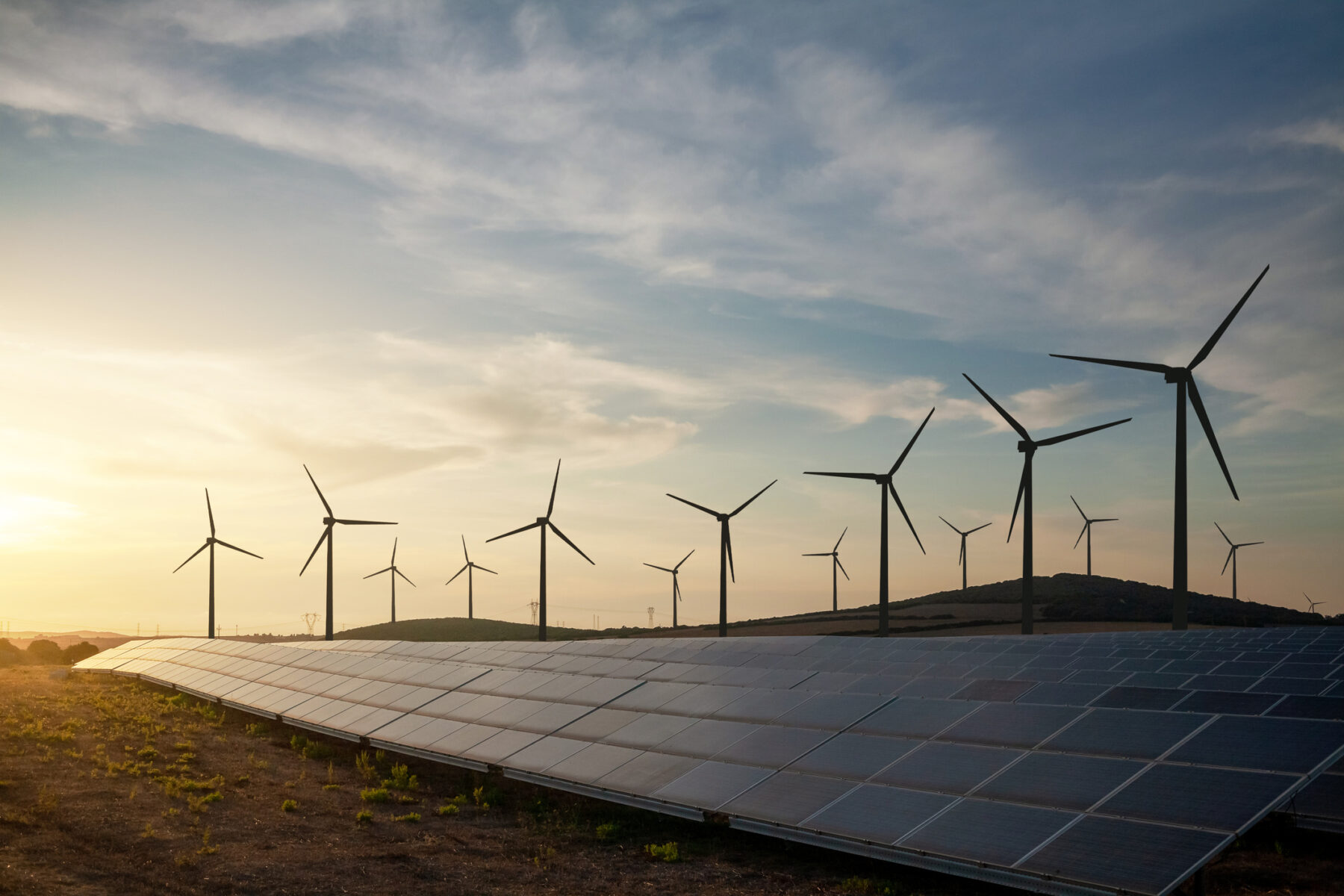
Renewable energy is no longer a niche. Demand for wind, solar, and other clean energy sources is soaring, and more than a third of the world’s electricity will come from renewables in 2025, according to the International Energy Agency. Here in the U.S., thousands of clean energy projects are also getting a boost of support from the Inflation Reduction Act (IRA). It’s no surprise that more and more cleantech companies are joining the industry with solutions to help curb CO2 emissions, conserve water, and make manufacturing more efficient.
The downside is that in addition to an increasingly crowded market, cleantech companies are up against “green fatigue,” according to the Center for Entrepreneurial Innovation. Some consumers and business leaders are feeling turned off by the costs associated with environmentally friendly solutions and a lack of proof they will make an impact long-term.
So, what’s the path forward for winning over B2C and B2B customers alike? It starts with taking a good look at your foundational branding and marketing work. This is where your story originates, and if it’s not hitting the way you want it to, it can be beneficial to go back to the basics and make optimizations that will set your organization up for success with today’s savviest businesses and consumers. Explore these six questions with your team to see where your renewable energy marketing could use some extra attention this year.
1. Is your brand story unique, documented, and shared with consistency?
Not everyone will remember the facts and figures in your sales or marketing presentation, but they will remember a good story, or your “why.” While prospective customers can surely retrieve information about your what—your product or service—through your website and sales collateral, ensure they know what motivated you to start your business, what environmental problem you’re addressing, and how your approach is different from your competitors. For example, you have a domestic supply chain or an engineering division that’s driving technological change across the industry
This information shouldn’t just be stored in your head; it should be documented in your company’s brand guide and brought to life across your visual and verbal brand attributes, such as your mission, vision, values, voice, personality, logo, font, and so on. Strategically developing and documenting each of these elements will ensure your story is told with consistency as your business scales.
2.Who are your customers, and what do they care about?
If you know your business’s why, you can answer its “who are we for?” as well. You do what you do—generating wind power or helping consumers compost food waste—to help people solve a problem. Beyond that problem, what else do you know about your customers?
- Have you developed personas for each of your target audiences?
- Do you understand each audience’s buyer’s journey?
- What are their values, motivators, and pain points?
- What are their content consumption habits and communication preferences?
- Are you aware of B2B clients’ ESG goals?
If you’re not sure how to answer these questions, developing marketing personas could help you better position your cleantech company in your target market. If your business is well established, think about whether your targets have changed or evolved since your initial customer discovery phase. Have you added new customer segments that need to be represented in personas and brand messaging? How can you adapt to your audience’s 2023 communication preferences by incorporating SMS marketing or email automation, for example?
3. How are you educating and engaging your audience?
Marketing a technical product or service in the cleantech space requires education. For example, even if your customer has spent their entire career learning about lithium-ion batteries, you’ll need to educate them on the science behind why your EV batteries are safer, greener, and longer-lasting than your competitor’s offering.
Content is a terrific way to accomplish this. It can take the form of videos, blog posts, press releases, downloadable white papers, social media posts, and email campaigns. Knowing your audience—through the information you gathered during the persona development process—will help you determine how to allocate your resources across channels.
From there, each piece of content you publish should provide value to your audience and facilitate dialogue with customers. Always include a call to action—call, email, download or visit—and identify ways to communicate openness and flexibility. Mentioning a pilot program, for example, is a way to engage customers in learning first-hand how your technology will solve their problem.
Finally, don’t forget about the bigger picture: offering value to your industry. Step back from your cleantech product or service and think about thought leadership opportunities such as policy explainers for your website, myth-busting blog posts, and ESG-related content on LinkedIn.
4. What role does marketing data play in your decision-making?
Data is a powerful tool for marketing clean tech and renewable energy companies. It can be used to help your business:
- Segment the market: Data can be used to divide target customers into distinct groups based on demographics, interests, and behavior. This lets you target your marketing campaigns more effectively.
- Personalize your messaging: Use what you know about your targets to create messages that are relevant to who they are and where they are in the buyer’s journey.
- Measure results: The marketing goals you set for your organization should be specific and measurable. That way, you can use data to gauge progress toward them.
By collecting and analyzing data–we’re talking everything from customer contact information to website traffic to social media engagement metrics–you’ll gain insights that can help you reach more customers, generate more leads, and close more sales.
5. What grade would you give your marketing maturity?
Your marketing should match the innovative, forward-thinking nature of your cleantech business. This is not to say that you need a presence on every new social media platform that pops up, but that you should be experiencing success in the key areas that make up modern marketing: website, SEO, analytics, email, social, blog, paid media, marketing automation, and content strategy. A strong digital in each of these areas will help you communicate with audiences around the globe and establish your business as an industry thought leader.
Our Modern Marketing Scorecard™ program surveys 10 disciplines in your marketing practice, with results delivered in a comprehensive report that features benchmark scoring, actionable recommendations, and quick wins.
6. How are you galvanizing community support?
Community support is crucial for a cleantech company’s long-term success. Think about ways to foster strong relationships with residents by actively engaging and educating them about the benefits of clean technologies, involving them in your decision-making processes, and proactively addressing their concerns. Things like increased traffic or noise from manufacturing may not be on your radar when you’re focused on solving global environmental challenges, but they can have a significant impact on quality of life in the neighborhood where you’ve set up shop.
Consider organizing community events, workshops, and informational sessions to raise awareness about your innovative solutions and how they contribute to a greener future. Also, explore collaborations with local schools, sports teams, non-profit organizations, and community leaders to help build trust around your brand while getting your name out there.
Finally, think about where community members are spending time online. If you’ve only been sharing your content on B2B platforms like LinkedIn, consider creating a Facebook or Instagram account for your business to engage with area residents. Be sure to differentiate your content on these platforms, sharing updates on things like building progress, your team members’ involvement in the community, and local news stories published about your brand.



Sorry, the comment form is closed at this time.